Kom el Dikka sounded familiar because it is also the name of the Agri-lodge where we booked many of our activities when we stayed in Tunis Village in the Fayoum Oasis. I was surprised to see the same name here in Alexandria and wondered what it meant. Kom el Dikka means “mound of rubble” and true to its name, the site doesn’t look like much. But, the name belies the significance of this site to give visitors a deeper understanding of the lives of upper-class Greeks and Romans residing in Alexandria during the Greco-Roman period. This site is the best place where you can see Alexandria’s history in its original urban setting, as literally a city built upon itself throughout the ages.
Dina guided us through the ruins, describing the appearance and purpose of each area when it was in use. What we see today is already the second or third rebirth of the original area that was destroyed by political upheaval and bloody rebellion ushered in by Roman rule in the 3rd century AD. Originally, in the 1st, 2nd and 3rd centuries, the area was a residential area for wealthy Greeks who had made Alexandria their home. An example of one of the homes from the 2nd century dating to the rule of Hadrian (AD 117-138) is the Villa of the Birds. The villa was rebuilt and altered over the years and was finally destroyed by a fire in the 3rd century. What is left is in ruins and fragments but a few mosaics remain intact. The name, Villa of the Birds, comes from a floor mosaic depicting a variety of birds including a peacock, parrot and pigeon. The mosaic tiles are teeny tiny and the detailing on the birds is simply beautiful.
Most of what we see today is the product of the building spree of the 4th century when it became a site of huge public works including imperial baths, public buildings, huge colonnades, gymnasiums and public gardens for the wealthy to socialize, relax and enjoy life.
Around the 6th century AD, the area became home to an academic complex, unique in its day, that supported Alexandria’s reputation as a major center of education and learning in the Mediterranean. We could see the auditoria still intact with seats where students would have listened intently to lectures. The theater, designed for its acoustics in a horseshoe shape, remains largely intact. We strolled through the site and with Dina’s narration, imagined what it would have been like in the day.
At the end of the 7th century, Alexandria was conquered by the Persians and then the Arabs, which ushered in changes in every aspect of life and culture. By then, Alexandria had seen better days and was considered a city in decline. For centuries after that, the Kom el Dikka site was a garbage dump until it was rediscovered in 1967 when construction workers were laying the foundation for apartment buildings on the site. The area is still under excavation today and there are almost certainly ruins left to be unearthed beneath the modern apartment blocks nearby.
Author
-

Song is the mother of four children. She and her family have stepped away from it all and in September 2023, began traveling the world while homeschooling. Song is an ABC (American born Chinese) and has an undergraduate degree from Cornell and an MBA from Harvard. She is an entrepreneur and an educator. Her hobbies include learning, traveling, reading, cooking and baking, and being with children.


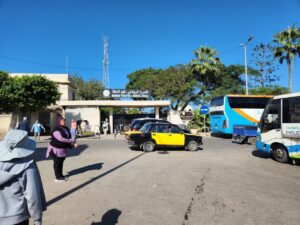
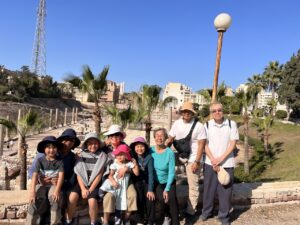
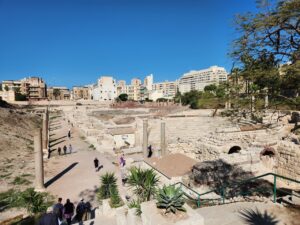

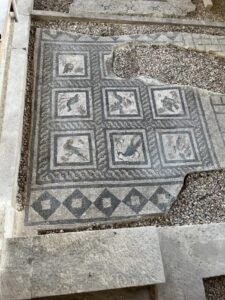
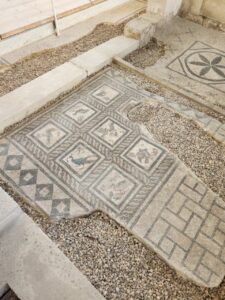

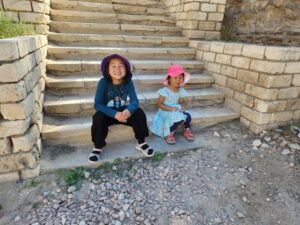

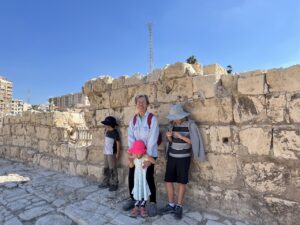
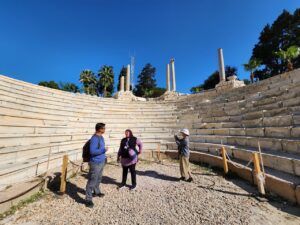
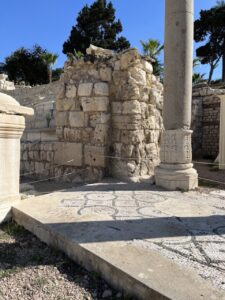
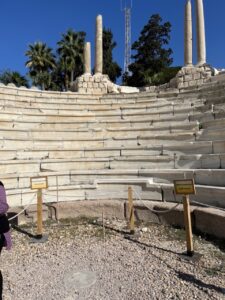
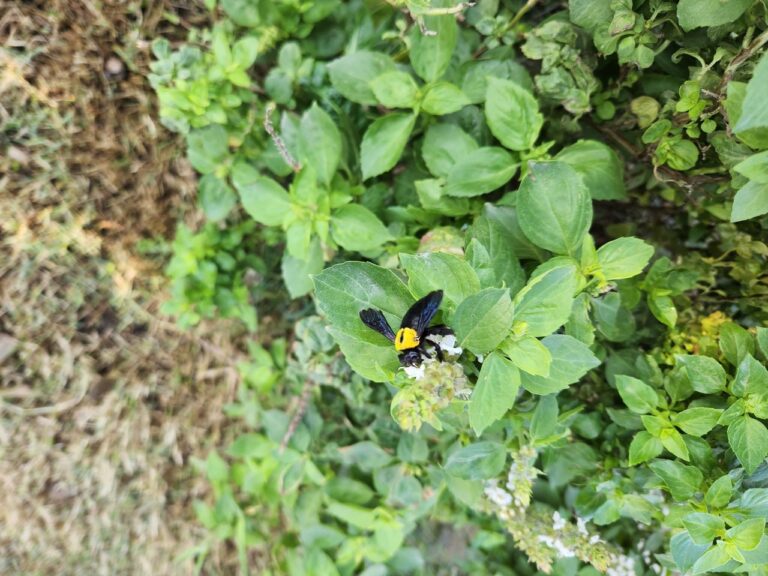
11/29 古羅馬露天圓形劇場
圓形劇場露天座,遙想當年説唱作。
古羅馬時代建造,斷垣殘壁已沒落。
羅馬浴池鳥別墅,馬賽克鳥小動物。
貴族生活多享受,如今遺跡憑弔處。